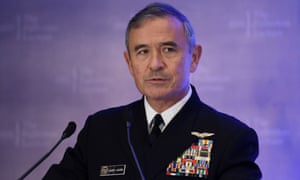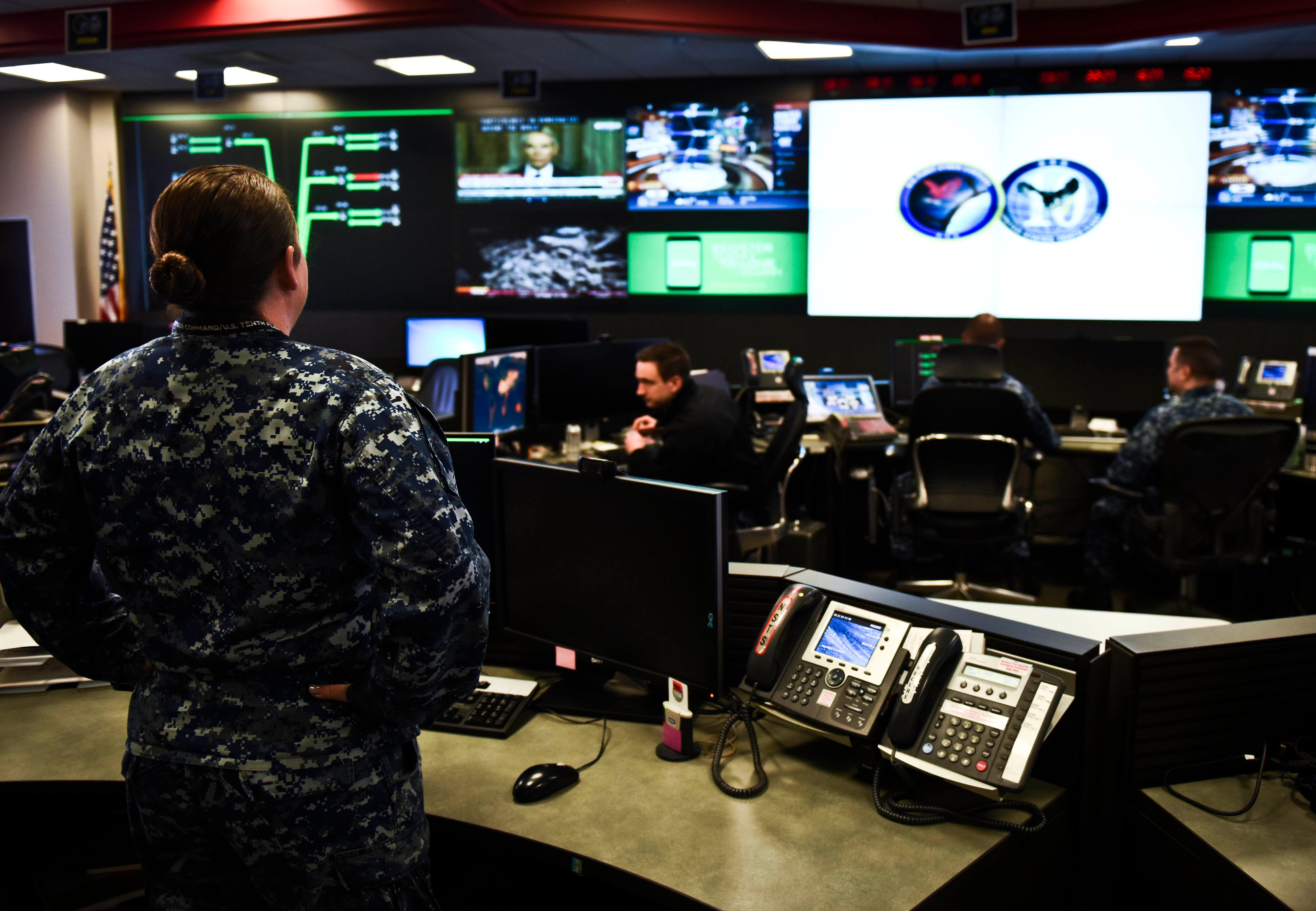By ASHOK SHARMA
Indian Prime Minister Narendra Modi, right, talks to Iranian President Hassan Rouhani, left, during later's ceremonial reception at the Indian presidential palace in New Delhi, India, Saturday, Feb. 17, 2018. Rouhani, who is on three days state visit to India has strongly criticized the Trump administration's recognition of Jerusalem as Israel's capital and urged Muslims to support the Palestinian cause. Hassan Rouhani also lashed out at the United States for imposing a ban on travelers from six largely Muslim countries.













/arc-anglerfish-arc2-prod-mco.s3.amazonaws.com/public/ZEFH4LETUVD7RELPBAAPKIKJI4.jpg)